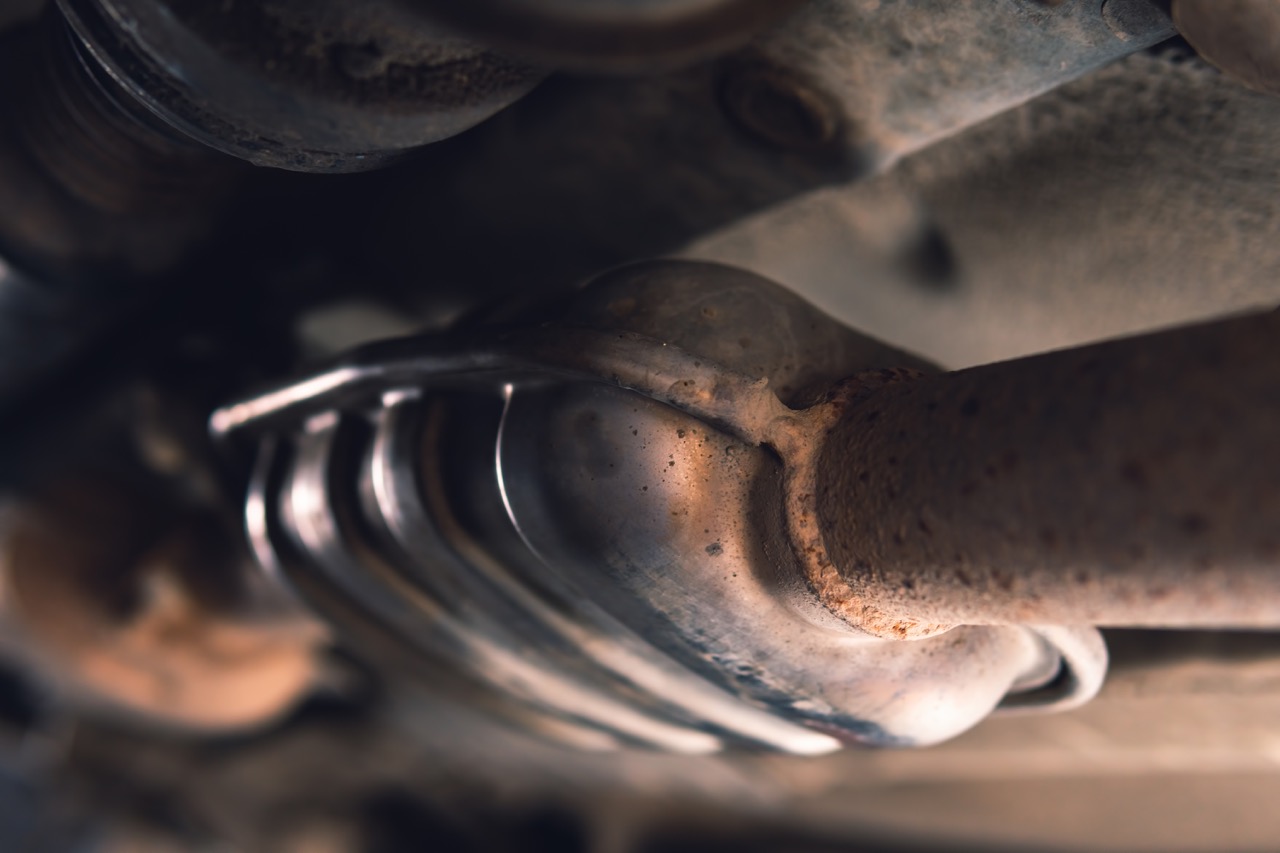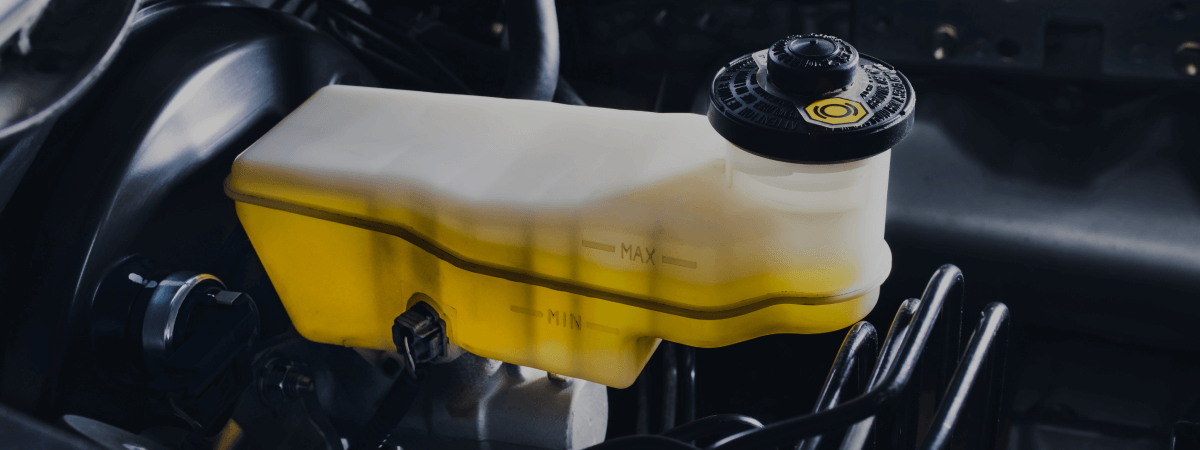
Whether you are concerned about passing your next emissions inspection or trying to reduce your environmental impact, getting to know your car’s catalytic converter can be a catalyst for change.
What Is It?
A catalytic converter is a device located on the underside of your vehicle that controls the emissions of your exhaust. If you want to find yours, look for a big metal cylinder with a pipe coming out of either end. One of these pipes is connected to the engine, pulling in fumes from your engine’s cylinders, and the other blows the exhaust out through your tailpipe.
Why Is It Important?
Air pollution is a big problem in today’s world, affecting our health and threatening our future. Greenhouse gas emissions are at an all-time high, and in the US, emissions from transportation make up almost 30% of it.
The fumes from our cars negatively affect not only our air, but our livelihood. In some cities, pollution can even get trapped because of geographical factors, causing an inescapable toxic cloud called smog. People living in places like the Salt Lake Valley in Utah can attest to just how much of a nuisance smog can be.
The pollutants in our skies are harmful gases that can be converted, on the molecular level, into others that are relatively safe. Since it’s easier to do this before they’re high above us, it’s best to make the vehicles that emit them do the work. By installing catalytic converters, we have reduced our cars’ noxious emissions dramatically.
How Does It Work?
A catalyst is a chemical that remains unchanged while making other chemical reactions happen more quickly. We use catalysts, made from metals similar to platinum, to accelerate the process of removing pollution before it can escape through your exhaust.
As fumes from your engine pass through the chamber of your catalytic converter, chemical reactions break apart the pollutants and convert them into other gases. They blow through the other side of the catalytic converter and out of your exhaust in the form of safer emissions.
What Can I Do to Help?
Emissions tests are a good way to evaluate your car’s emissions to ensure that they meet regulations put forth by your state (based on federal standards). You should get them done at your local auto care shop routinely.
Don’t just rely on emissions tests if you want to make sure your catalytic converter is working optimally to reduce pollution, though, and pay heed to it on your own. If you start to notice any of these signs, you may need to repair or replace your catalytic converter:
- Your engine is having a hard time starting
- You are getting less and less fuel efficiency
- Your car is starting to smell like rotting eggs
- You are accelerating poorly
- Your ‘check engine’ light is on
Visit your local auto shop to determine how your catalytic converter is doing, and to discuss if a newer and better version is right for you. If you make sure it’s doing its job efficiently, you will be contributing to better air quality, not only for yourself but for future generations to come.
Related Posts
Key Takeaways On average, passenger vehicle tires last 40,000 to 60,000 miles, depending on type, driving habits, and maintenance. Replace tires when tread depth reaches 2/32”, if damaged, or older than 10 years. Regular rotation, alignment, and proper inflation extend tire life. Aggressive driving, poor roads, and harsh weather shorten tire lifespan. Take advantage [...]
When you think about car maintenance, you probably focus on oil changes, tire rotations, and maybe even brake pad replacement. But what about your brake fluid? If you’ve ever wondered, “What does brake fluid do?” or “Why is brake fluid important?”, you’re not alone. Brake fluid might not be the most talked-about part of [...]
Is that high-pitched squeal from your brakes driving you—and everyone else—crazy? Don’t ignore it. Squeaky brakes aren’t just annoying, they’re your car’s way of saying something needs attention. Whether you're cruising through Salt Lake City or winding up Idaho’s mountain passes, here’s what’s likely going on, how you can fix it, and when it [...]





